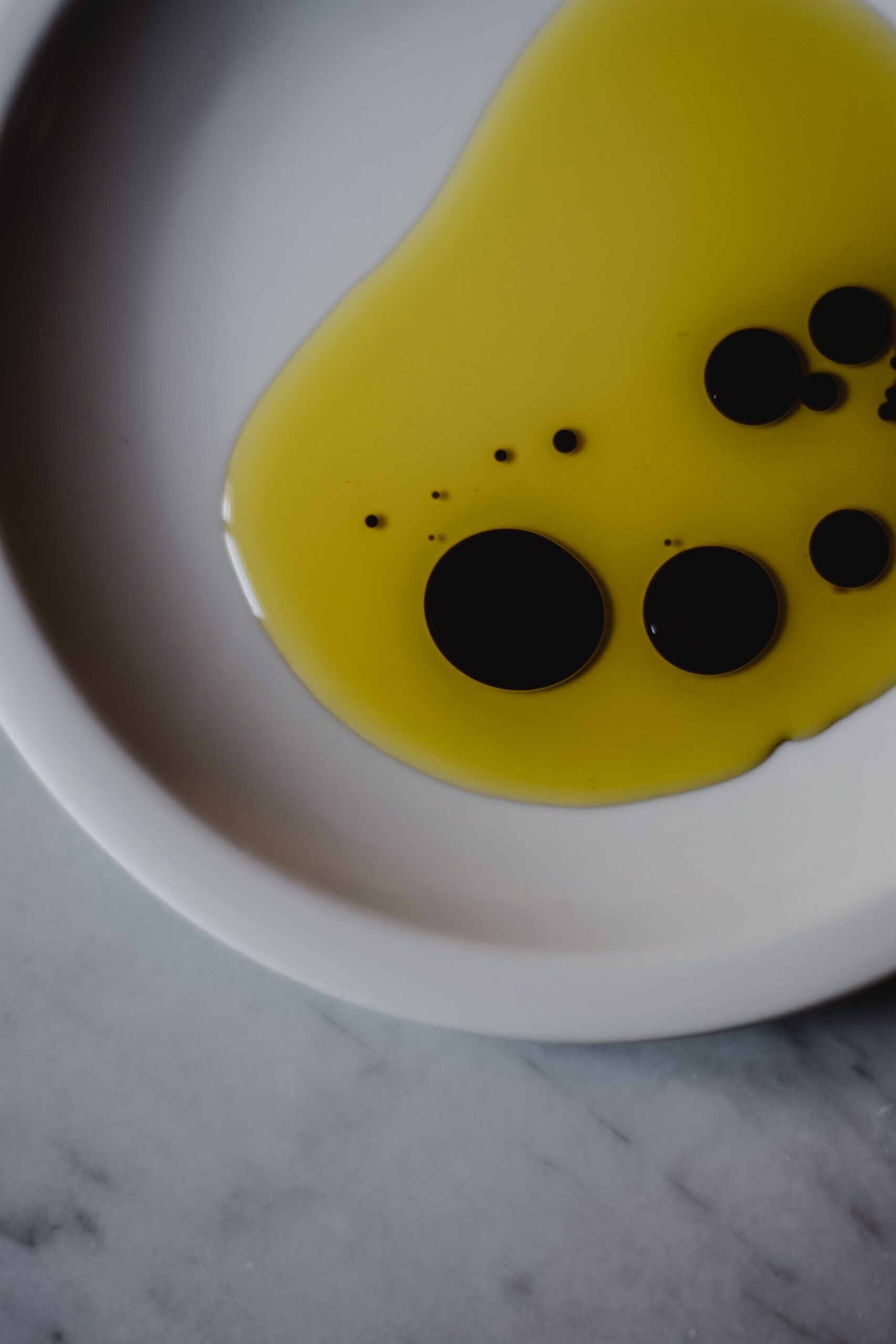
Are you living the gluten-free life and searching for the perfect vinegar to add some zing to your recipes? Look no further, because balsamic vinegar might just be the answer you’re looking for!
What is Balsamic Vinegar?
Balsamic vinegar is a type of vinegar made from the juice of grapes, typically Trebbiano grapes, which are pressed and then simmered until the liquid reduces and thickens. The syrup is then aged for several years in wooden barrels, which imparts a distinct flavor and dark color.
Balsamic vinegar is commonly used in cooking, especially in Italian cuisine, to add a rich, sweet, and tangy flavor to dishes. It is also used as a finishing sauce or drizzled over salads, meats, and desserts. There are different grades of balsamic vinegar, ranging from inexpensive, mass-produced versions to traditional, aged balsamic vinegars that can be quite expensive. The aging process, the type of grapes used, and the quality of ingredients are all factors that affect the flavor, aroma, and price of balsamic vinegar.
Recipe: Blood Orange Balsamic Vinaigrette
The 3 Kinds of Balsamic Vinegar
- Commercial Balsamic Vinegar: This is the most widely available and affordable type of balsamic vinegar. It is made with wine vinegar and caramel color and is often sweetened with added sugar.
- Condiment Grade Balsamic Vinegar: This type of balsamic vinegar is of a higher quality than commercial balsamic vinegar. It is made with a blend of wine vinegar and concentrated grape must, and it is aged for a shorter period of time.
- Traditional Balsamic Vinegar (or Aceto Balsamico Tradizionale): This is the highest quality type of balsamic vinegar, produced according to strict standards in the Modena and Reggio Emilia regions of Italy. It is made with only freshly pressed grape must and aged for a minimum of 12 years in a series of barrels made from different types of wood. Traditional balsamic vinegar has a rich, complex flavor, and it is used sparingly as a finishing sauce.
It’s worth noting that not all balsamic vinegars labeled as “Traditional” or “Tradizionale” meet the strict production standards, so it’s important to look for a certification seal from the Consorzio Aceto Balsamico Tradizionale di Modena or the Consorzio del Aceto Balsamico di Reggio Emilia to ensure you’re getting a true traditional balsamic vinegar.
What is White or Golden Balsamic Vinegar?
White or golden balsamic vinegar is a milder and slightly sweeter version of traditional dark balsamic vinegar. It is made from the same grape must (freshly crushed grape juice, including the skins, seeds, and stems) as dark balsamic vinegar but undergoes a different aging and processing method.
The main difference between white or golden balsamic vinegar and dark balsamic vinegar is the absence of grape skins during the production process. Dark balsamic vinegar is aged in wooden barrels, which imparts a rich, dark color and deep flavor profile. In contrast, white or golden balsamic vinegar is typically aged in stainless steel or light-colored barrels, which helps preserve its light color and delicate flavor.
White or golden balsamic vinegar has a milder and less complex taste compared to its darker counterpart. It is often described as having a clean, tangy, and slightly sweet flavor with less acidity. The lighter color of white or golden balsamic vinegar also makes it more visually appealing for certain dishes, as it won’t darken or affect the color of lighter ingredients.
Due to its milder flavor, white or golden balsamic vinegar is commonly used in recipes where the dark color of traditional balsamic vinegar might be undesirable, such as in light-colored dressings, sauces, marinades, or delicate dishes like seafood or salads.
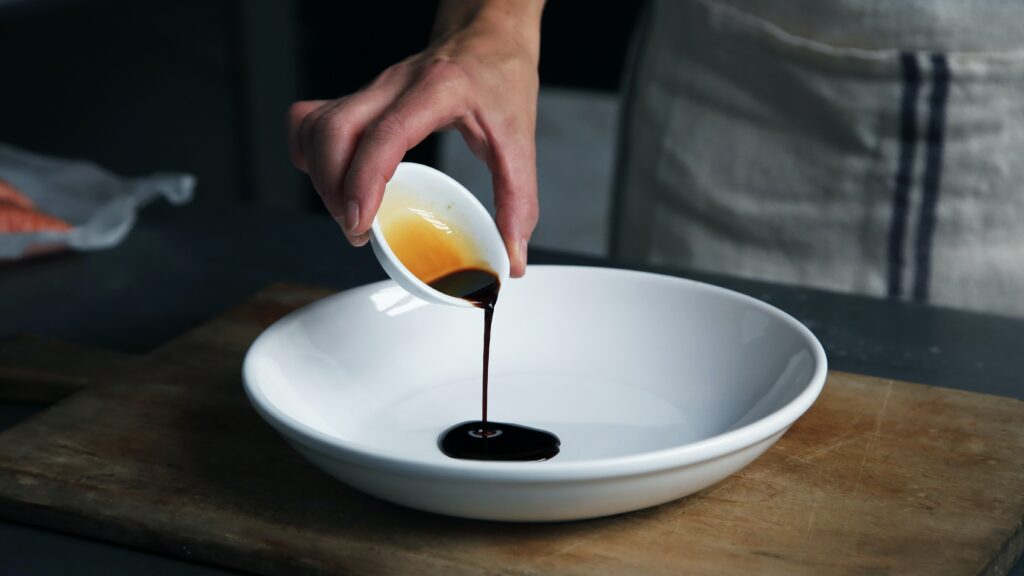
Is Balsamic Vinegar Gluten Free
But, you may be wondering, is balsamic vinegar gluten-free? Well, the good news is that traditional balsamic vinegar is typically gluten-free, as it’s made from grapes, which don’t contain gluten.
However, it’s important to note that some balsamic vinegars may contain gluten-containing ingredients, such as malt vinegar, so it’s best to always check the label to make sure. If you have celiac disease or a gluten intolerance, it’s also recommended to look for a gluten-free certified balsamic vinegar.
What about other kinds of vinegar?
In addition to balsamic vinegar, other gluten-free vinegar includes apple cider vinegar, red wine vinegar, rice vinegar, and distilled vinegar. These vinegars can be used in a variety of ways, such as in dressings, marinades, or to add flavor to your favorite recipes.
Are All Vinegars Gluten Free?
No, not all vinegars are gluten-free. While vinegar itself is typically gluten-free, certain types of vinegar can potentially contain traces of gluten depending on how they are produced or flavored. Here’s a breakdown of common vinegars:
- Distilled Vinegar: Distilled white vinegar, apple cider vinegar, and rice vinegar are generally considered gluten-free because the distillation process removes the gluten protein. Most commercially available distilled vinegars are safe for those following a gluten-free diet.
- Malt Vinegar: Malt vinegar is made from fermented barley, which contains gluten. Therefore, malt vinegar is not gluten-free and should be avoided if you have celiac disease or a gluten intolerance.
- Flavoured Vinegar: Flavored vinegar, such as those infused with herbs, spices, or fruits, can vary in terms of gluten content. Some flavoured vinegar may use additives or ingredients that contain gluten, so it’s essential to check the label or contact the manufacturer to confirm their gluten-free status.
- Wine Vinegar: Wine vinegar, such as red wine vinegar or champagne vinegar, are typically gluten-free since they are made from fermented wines, which do not contain gluten.
It’s important to read product labels carefully and look for any gluten-related information or allergen statements. If you have a severe gluten allergy or celiac disease, it may be best to opt for vinegar that are specifically labeled as gluten-free or consult with the manufacturer to ensure their products are safe for your dietary needs.
So, go ahead and share your gluten-free balsamic vinegar recipes with friends and family! With its rich and tangy flavor, it’s sure to be a hit. And, if you’re looking for a change, why not try some apple cider vinegar or red wine vinegar in your next recipe? The possibilities are endless!
Recipe: Apple & Goat Cheese Salad with a Maple Balsamic Dressing
How is Balsamic Vinegar Made?
Balsamic vinegar is made through a slow and careful process that involves several steps:
- Grape harvesting: The grapes used to make balsamic vinegar are typically Trebbiano or Lambrusco grapes, which are grown in the Emilia-Romagna region of Italy. The grapes are harvested in late August or early September.
- Grape juice extraction: The grapes are pressed to extract the juice, which is then simmered over low heat until it reduces and thickens into a syrup-like consistency.
- Aging: The syrup is then placed into a series of wooden barrels, typically made of different types of wood, such as chestnut, cherry, ash, oak, mulberry, and juniper. The barrels are stored in a cool, dark place, and the syrup is left to age for several years.
- Blending and bottling: After several years of aging, the vinegar is blended with younger vinegar to ensure a consistent flavor, and it is then bottled.
The traditional balsamic vinegar made in the Modena and Reggio Emilia regions of Italy must be aged for a minimum of 12 years. The aging process gives balsamic vinegar its rich, sweet, and tangy flavor, as well as its dark color. The longer the vinegar is aged, the more complex and flavorful it becomes.
It’s important to note that not all balsamic vinegars are created equal. Mass-produced balsamic vinegars may contain added wine vinegar, caramel color, and sugar, while traditional balsamic vinegars are made with only grape juice and are aged for a minimum of 12 years.
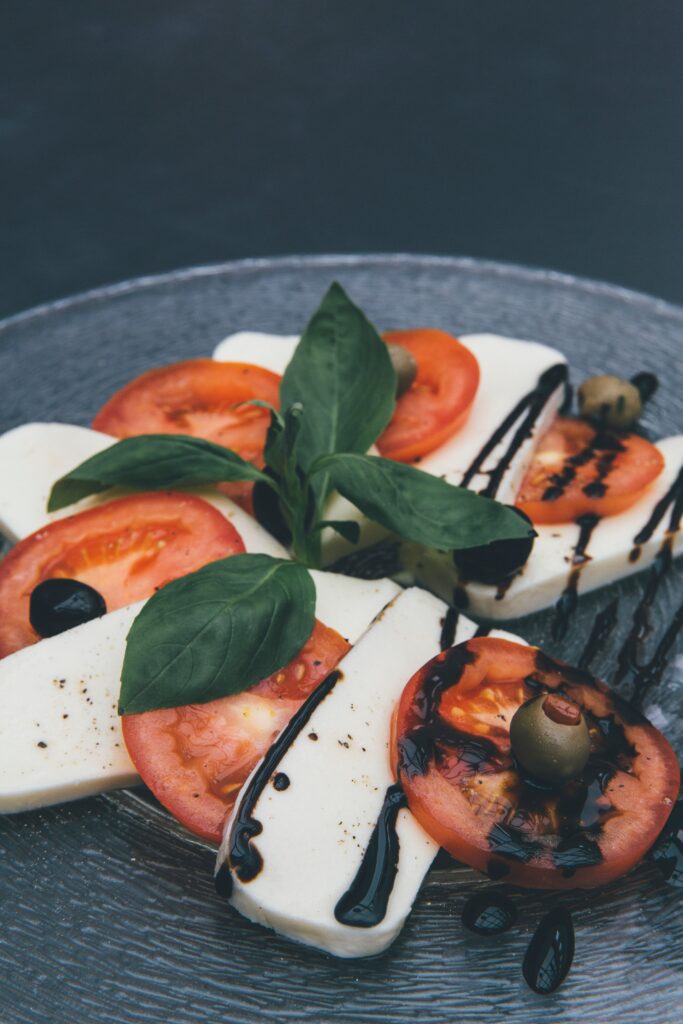
Balsamic Vinegar: Nutrition Facts
Balsamic vinegar is a low-calorie condiment that is relatively low in nutrients but high in flavor. Here are some of the key nutrition facts for balsamic vinegar:
- Calories: One tablespoon (15 ml) of balsamic vinegar contains about 14 calories.
- Carbohydrates: One tablespoon of balsamic vinegar contains about 3 grams of carbohydrates, including 2 grams of sugar.
- Fat: Balsamic vinegar is fat-free.
- Protein: Balsamic vinegar is also protein-free.
- Vitamins and minerals: Balsamic vinegar contains small amounts of potassium and iron, but it is not a significant source of vitamins or minerals.
- Acidity: Balsamic vinegar is highly acidic, with a pH ranging from 3.5 to 4.5.
It’s worth noting that the nutrition facts for balsamic vinegar may vary depending on the brand and the specific type of vinegar. Some mass-produced balsamic vinegars contain added sugar and other ingredients that can affect the calorie and carbohydrate content. When choosing balsamic vinegar, it’s best to opt for a high-quality, traditional balsamic vinegar that is made from grape juice and aged for at least 12 years.
Is Balsamic Vinegar Keto Friendly
Balsamic vinegar can be consumed in moderation while following a ketogenic (keto) diet. However, it’s important to be mindful of the amount you consume due to its carbohydrate content.
Balsamic vinegar is made from grapes, which naturally contain sugars. During the fermentation and aging process, some of the sugars in the grapes are converted into acetic acid, which gives vinegar its characteristic flavor. However, balsamic vinegar still retains some sugar content, and the amount can vary depending on the brand and quality.
On a ketogenic diet, the primary goal is to limit carbohydrate intake to promote ketosis, a metabolic state in which the body burns fat for fuel. Most versions of the keto diet recommend limiting daily carbohydrate intake to around 20-50 grams, depending on individual needs and goals.
While balsamic vinegar is relatively low in carbohydrates compared to many other condiments or sweeteners, it can still contribute a few grams of carbs per tablespoon. The exact carbohydrate content can vary, so it’s advisable to check the nutrition label or consult the specific brand’s information.
If you decide to include balsamic vinegar in your keto diet, be mindful of portion sizes and consider tracking your carbohydrate intake to ensure it fits within your daily allowance. Additionally, exploring alternative vinegar options with lower carbohydrate content, such as apple cider vinegar or white vinegar, can be an option on the keto diet.
Remember, it’s always best to consult with a healthcare professional or a registered dietitian who can provide personalized guidance and advice tailored to your specific dietary needs and goals.
In conclusion
Balsamic vinegar is generally gluten-free, but it’s always best to double-check the label to make sure. And, if you’re following a gluten-free diet, there are plenty of other delicious vinegars to try and add some zing to your meals. Happy cooking!

Christopher is a food and lifestyle expert, recipe developer and the content creator behind May Eighty Five. With years of experience in the kitchen, he also shares tips, tricks and how to’s that he has learnt over the years. Every week, he shares quick, simple and mostly healthy recipes along with some home and entertaining tips. You will find flavorful cocktails, delicious appetizers, tasty mains and some indulgent desserts. As a home decor enthusiast, he also likes to share simple DIY projects and simple tips for a beautiful home.


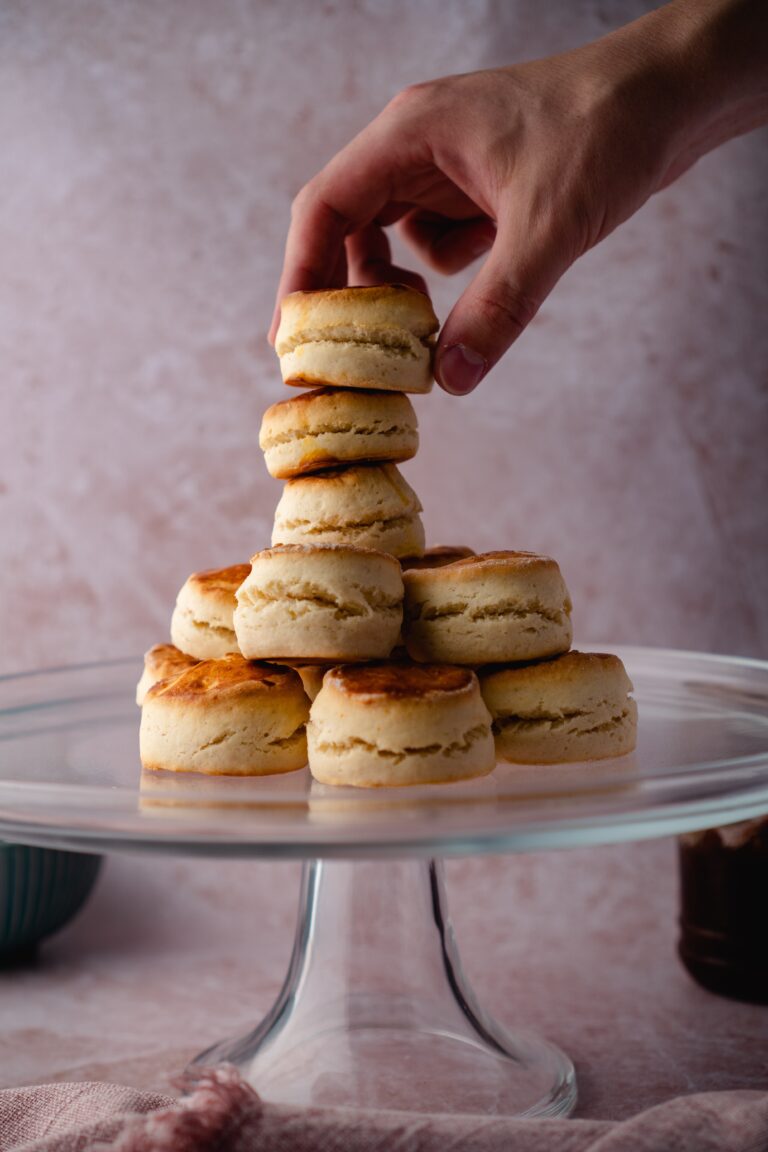
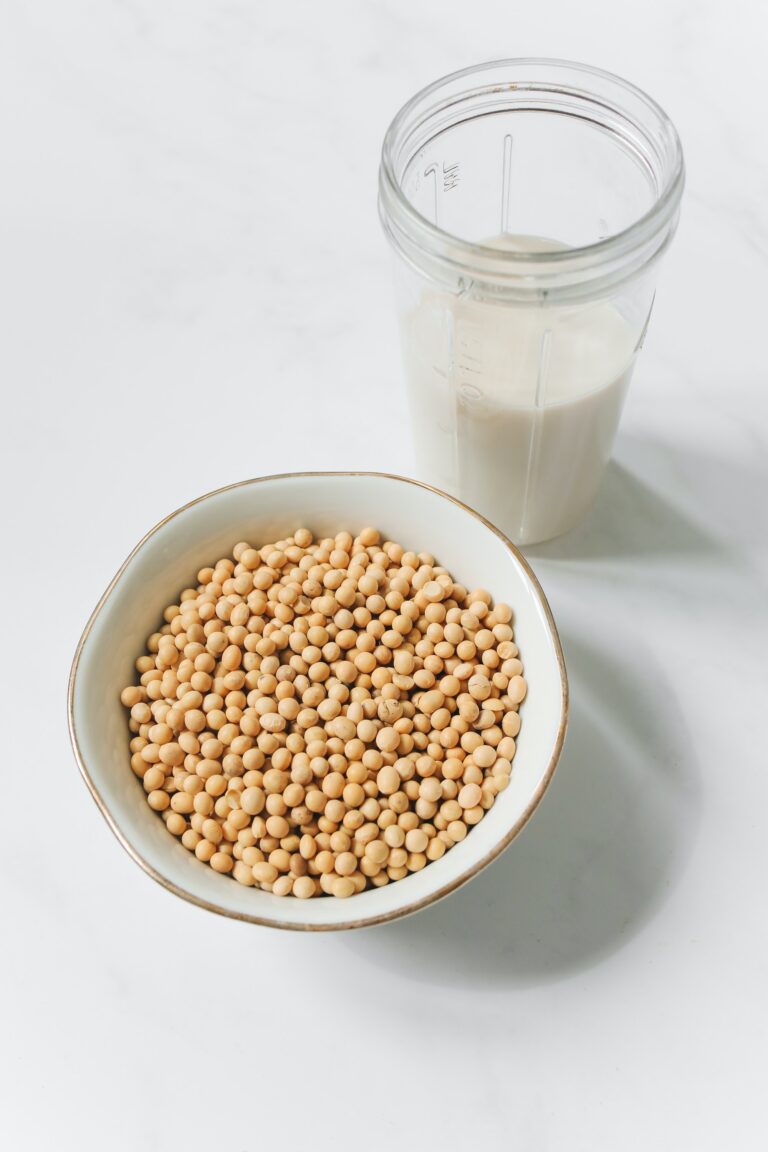
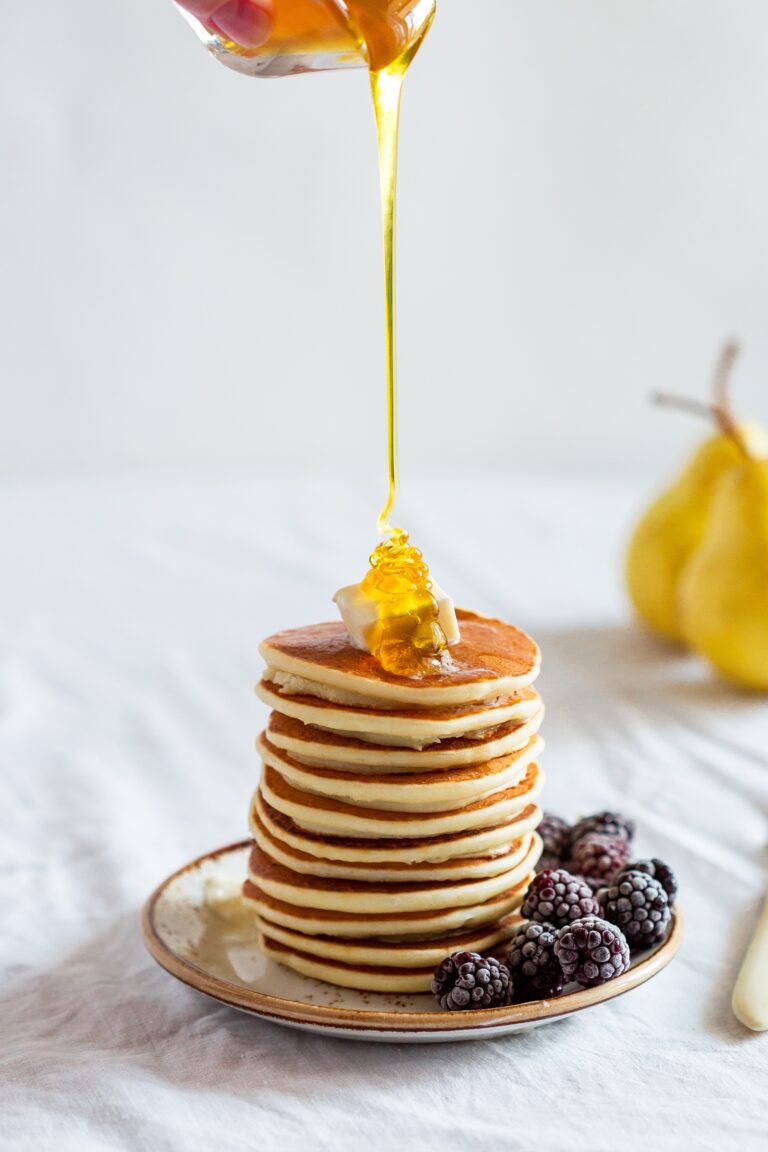
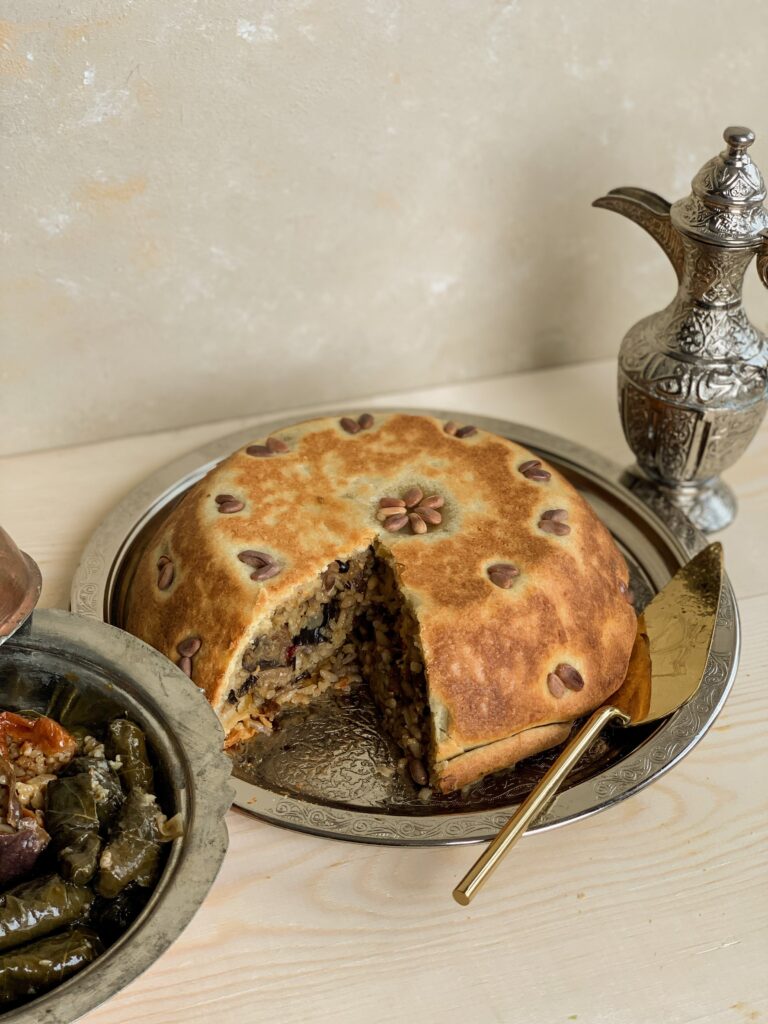
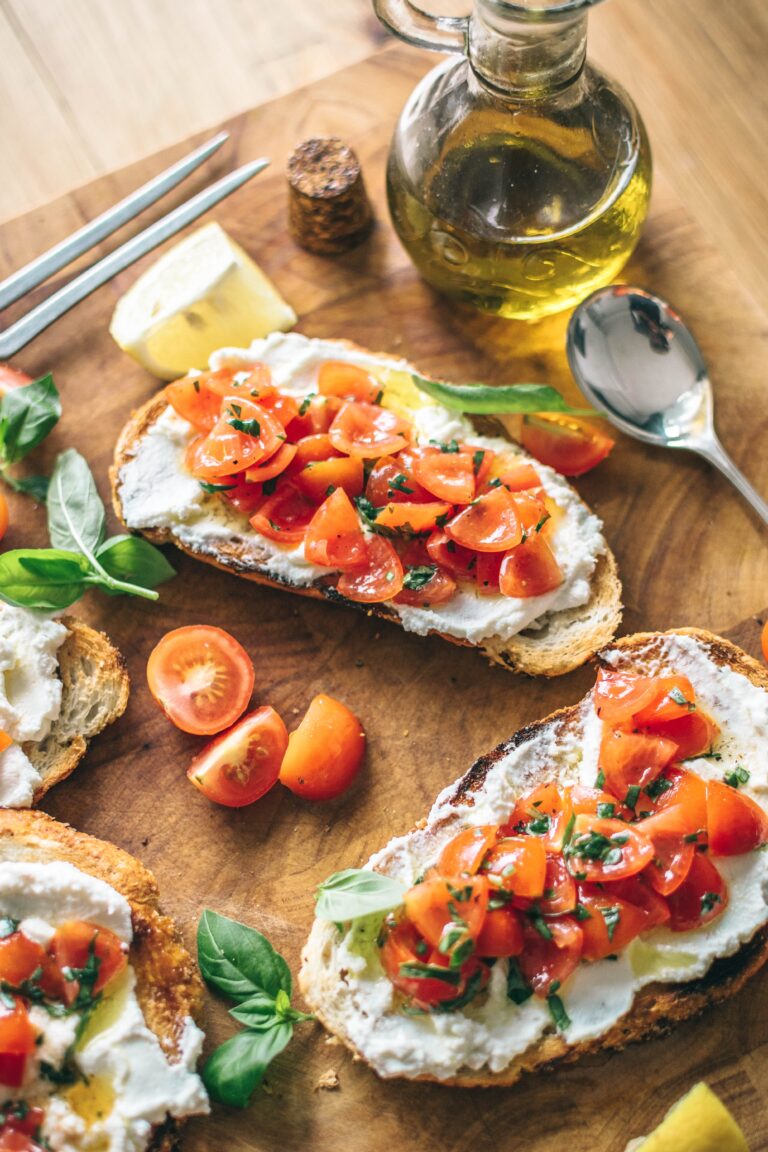

10 Comments